
Work with internationally recognized leaders in three subdisciplines of physics
Our department offers doctoral degrees with specializations in three major subdisciplines of physics. We do not offer a separate program for the M.S. degree, though an M.S. degree may be obtained while continuing toward your Ph.D.
We are located in Jorgensen Hall on the city campus of the University of Nebraska–Lincoln. We collaborate with numerous centers on campus including the P-SPINS Materials Research Science and Engineering Center and the Center for NanoFerroic Devices.
Our faculty bring in well over $15 million per year in research funding, which provides graduate students with:
- Support from full teaching or research assistantships, which include a full tuition waiver and a stipend starting at $2112 per month.
- Support for travel to national and international meetings
- Access to state-of-the-art research equipment, including computational facilities and fully staffed electronic and instrument shops
Additional information:
- In the last five years, 34 of our students have successfully earned PhD degrees
- We require no GRE scores.
26
Faculty
76
Graduate students
$15.1M
Annual research funding
113
Ph.D. theses since 2005
269
High-profile publications since 2005
11
Fellows of the American Physical Society
Areas of study
Atomic, Molecular, Optical, and Plasma Physics
The AMOP group investigates ultrafast atomic, molecular, and plasma processes at state-of-the-art experimental and computational facilities. Current research areas include matter optics, diffractive imaging, electron spin polarization, relativistic laser-matter interactions, nonlinear X-ray optics, attosecond physics, high energy density physics, plasma physics, and strong-field physics. Laser-matter interactions at the highest attainable field strengths are probed using the Diocles laser at the Extreme Light Laboratory.
Condensed Matter and Material Physics
The CMMP group studies the fundamental properties of novel materials and nanostructures and develops device concepts for information processing and storage, energy harvesting, and sensor applications. The P-SPINS Materials Research Science and Engineering Center and the Center for NanoFerroic Devices conduct world-class research in magnetic, ferroelectric, and multiferroic materials and structures, offering an exciting collaborative environment for graduate students.
Experimental High Energy Physics
The HEP group studies the most fundamental constituents of matter. It plays a leading role in the Compact Muon Solenoid (CMS) experiment operating at the Large Hadron Collider in Geneva. It also performs theoretical studies of hadronic interactions, neutrino physics, and dark matter and energy. Nebraska faculty and graduate students participated in the discovery of the Higgs boson and are developing instrumentation and computing facilities for the experiment. Most graduate students spend time at CERN as part of their Ph.D. research.
Meet our students
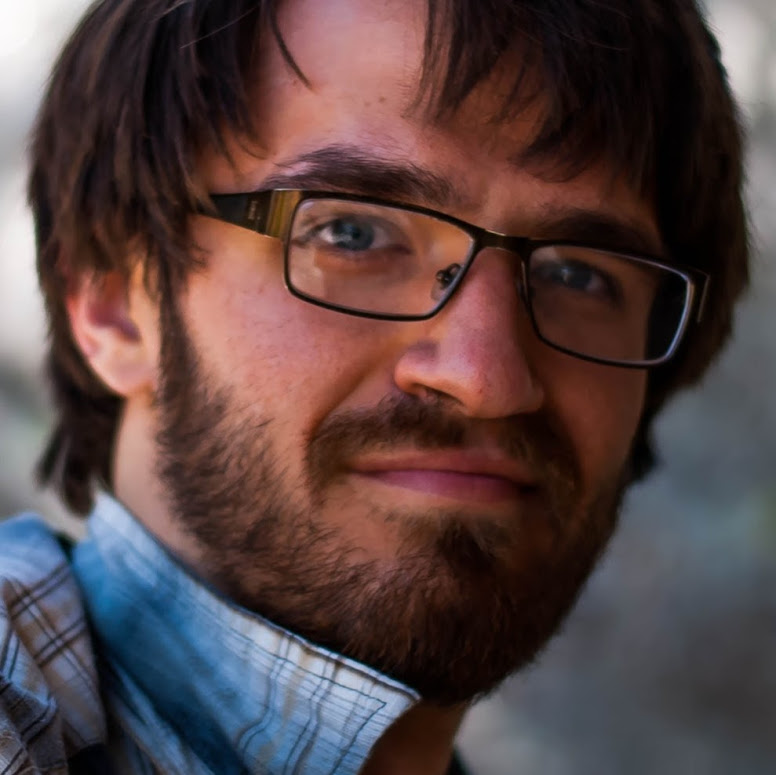
"One of the major deciding factors for me choosing Nebraska was the focus on students. Even on my first visit, the faculty made clear they were excited to work with me towards my short and long-term goals."
Karl Ahrendsen
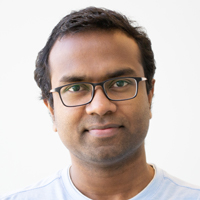
"UNL Physics and Astronomy is my home away from home. My advisor’s kindness and guidance keep me motivated to achieve my goals. While being a PhD student, I have been able to gain teaching experience, attend conferences and publish in peer-reviewed journals. These achievements will benefit me in finding a career after my PhD."
Harindranath Ambalampitiya
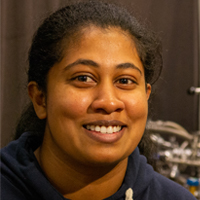
"The Ph.D. program in physics at UNL has helped me develop my knowledge and build up my future career. I participate in outreach programs and publish most of my research work in condensed matter physics in peer-reviewed journals. I have attended many conferences and won best-poster and research awards."
Thilini Ekanayaka
Labs
Explore five of our labs by moving your phone or dragging your mouse around in this 360 Virtual Tour.
Meet our faculty
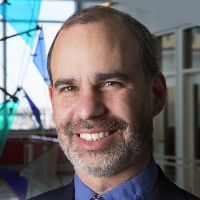
"We play a leading role in the Compact Muon Solenoid (CMS) experiment operating at the Large Hadron Collider at CERN in Switzerland. We also perform theoretical studies on Higgs physics, collider physics, particle cosmology, and new physics models. Our faculty and graduate students participated in the discovery of the Higgs boson and are developing instrumentation and computing facilities for the experiment."
Ken Bloom
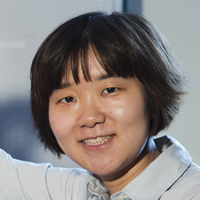
"We study the fundamental properties of functional materials and nanostructures, and develop novel device concepts for information processing and storage, energy harvesting, and sensor applications. The P-SPINS Materials Research Science and Engineering Center (MRSEC) and the Nebraska Center for Materials and Nanoscience (NCMN) conduct world-class research in magnetic, ferroelectric, and low dimensional materials, offering an exciting collaborative environment for graduate students."
Xia Hong

"We investigate ultrafast atomic, molecular, and plasma processes at state-of-the-art experimental and computational facilities. Current research areas include quantum electron optics, ultrafast molecular imaging, spin polarized electron sources, relativistic laser-matter interactions, nonlinear X-ray optics, attosecond physics, high energy density physics, plasma physics, and strong-field physics. We build novel instruments and also carry out experiments at large scale facilities."
Martin Centurion
Alumni Research Contributions and Careers
Academic Year 2020-2021
Will Echtenkamp applied his skills in MBE and PLD nanofabrication acquired while he was an undergraduate to investigate voltage-controlled heterostructures for antiferromagnetic spintronics. Among other contributions, he found that effective anisotropy in chromia can be tuned by voltage.
Postdoc
University of Minnesota
More about Will
Daniel Haden developed a compact Compton spectrometer capable of measuring laser-driven hard x-rays.
Postdoc
University of Nevada, Reno
More about Daniel
Guanhua Hao developed the first room-temperature nonvolatile multiferroic transistor and demonstrated isothermal voltage control of a molecular spin state. He was one of the 2019-2020 ALS doctoral fellows.
Postdoc
LBNL's Advanced Light Source
More about Guanhua
Harindranath Ambalampitiya used a range of theoretical methods to study atomic and molecular processes such as laser-assisted photodetachment, radiative and dissociative recombination, and dissociative attachment.
Scientific Consultant
Quantemol, Ltd.
More about Harindranath
Zilin Chen contributed to the classical-quantum boundary problem by studying electron wave decoherence and dephasing using nanostructures. He is now working on the MAGIS-100 collaboration.
Postdoc
Northwestern University
Ming Li theoretically predicted a reversal of the tunneling electroresistance in Pt/BTO/LSMO ferroelectric tunnel junctions driven by interface-controlled electron-hole tunneling crossover, which was experimentally confirmed by her experimental colleagues.
Postdoc
University of Florida
More about Ming
Rabindra Pahari studied the ferromagnetic quantum phase transitions, topological Hall effect, and chiral magnetism.
Postdoc
University of Minnesota
More about Rabindra (+ UMN page)
Shane Sandhoefner investigated topological effects in magnetic systems associated with band topology, magnetic textures, and Majorana bound states.
Data Scientist
Carson Group
More about Shane
Colton Fruhling carried out his research at UNL’s Extreme Light Laboratory. He took part in the first measurement of high-order multiphoton scattering, developed a novel method to measure duration of attosecond electron bunches, and measured polarization-resolved nonlinear Thomson scattering of elliptically polarized light.
Postdoc
Purdue University
More about Colton
Bo Li theoretically studied topological magnons and spin superfluidity in antiferromagnets and will be giving an invited talk at the 2022 APS March Meeting.
Postdoc
Institute for Advanced Study, Tsinghua University
Simeon Gilbert worked on quasi-1D transition-metal trichalcogenides and showed that photocurrent in phototransistors made from these semiconductors can depend strongly on the polarization of light thanks to band-structure-related selection rules.
Postdoc
Sandia National Laboratories
More about Simeon
How to apply
Let curiosity move you to start your story at the Department of Physics and Astronomy in the College of Arts and Sciences. With specialized programs of study in three subdisciplines of physics, the opportunity for hands-on experience through our nationally-acclaimed master's and Ph.D. programs, and a campus located at the heart of an innovative college city community of over 250,000 people, the University of Nebraska–Lincoln offers the ideal Big Ten collegiate experience for graduate students at an affordable cost.
Admission Requirements and Guidelines Preliminary Exams Frequently Asked Questions (FAQs)
 Download poster
Download poster